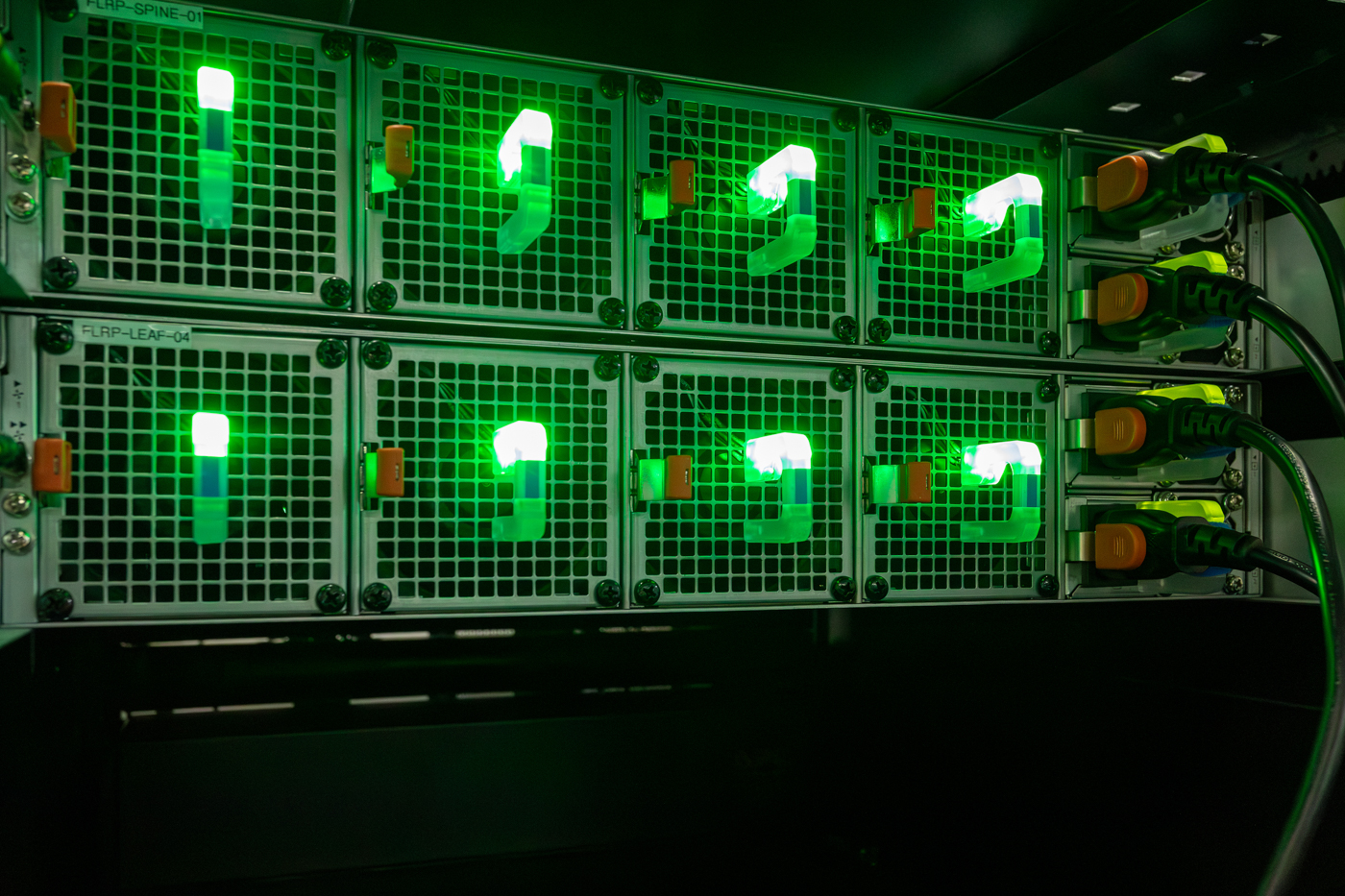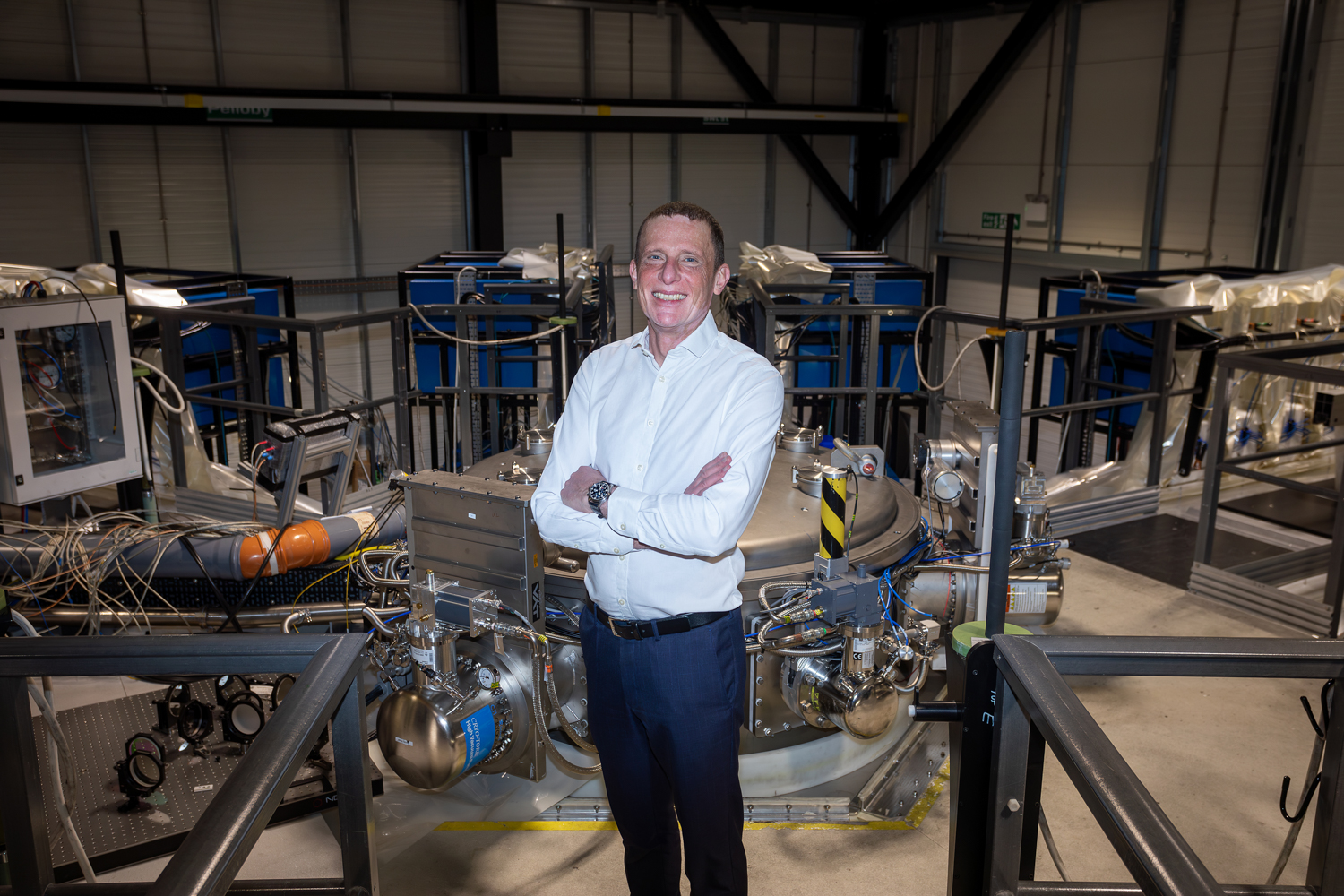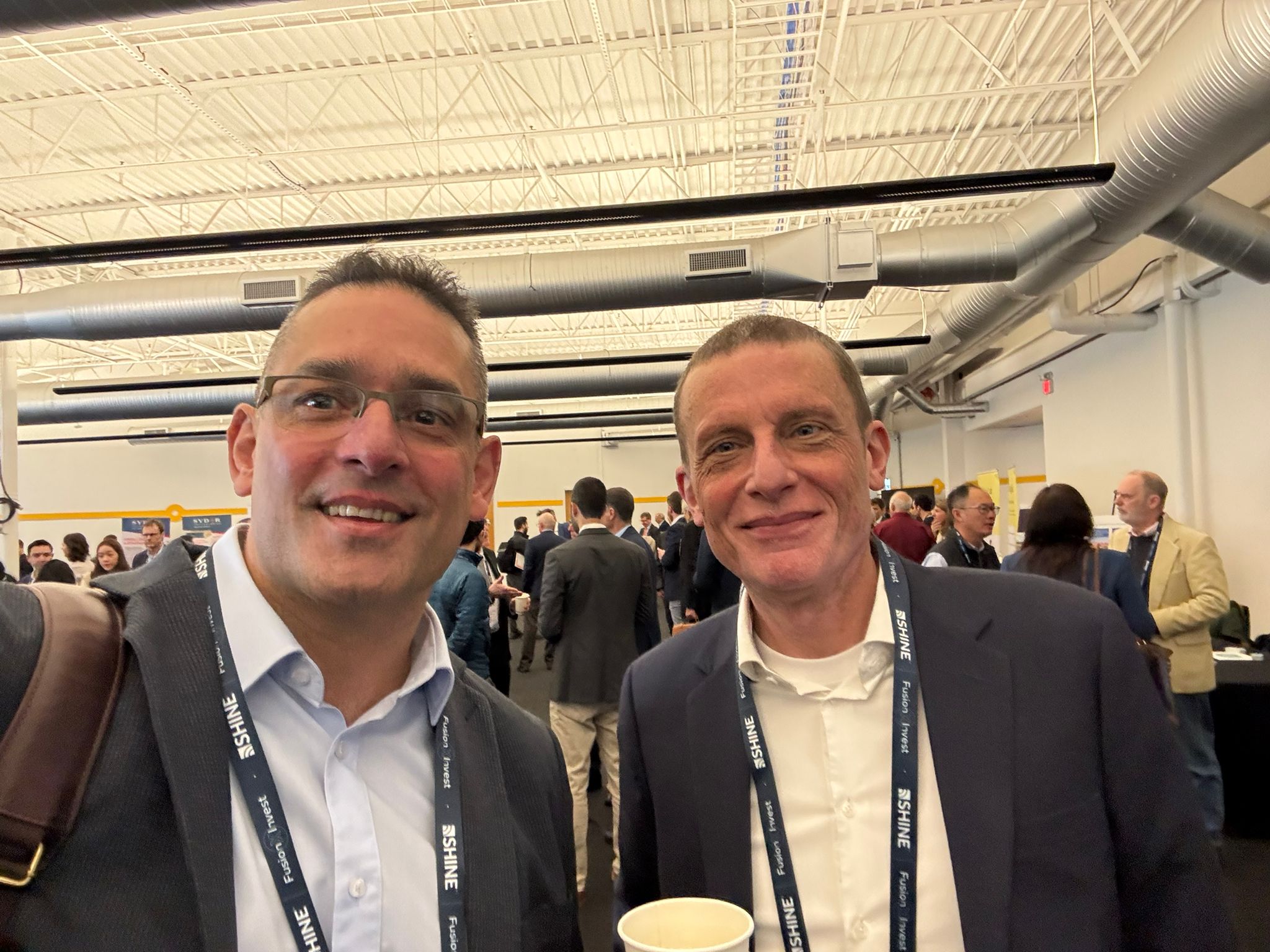At First Light Fusion, we are proud to be pioneering the application of probabilistic AI to groundbreaking fusion research. Our world-leading probabilistic AI models are driven by data generated from detailed physics simulations. AI and computational modelling together play a vital role in helping us predict and understand how our amplifier technology designs are likely to perform under the extreme pressures and temperatures created in a fusion reaction.
Here, our Head of Computational Physics, Nathan Joiner, explains how we are applying physics simulation technology to accelerate progress towards commercial fusion.
Hi Nathan – can you tell us a bit more about how First Light is leveraging physics simulation codes to support its fusion research?
Absolutely. Here at First Light, we have been developing what are known as ‘multiphysics hydrocodes’ for over 10 years. These codes are integral to our data driven design approach and allow us to include multiple different aspects, interactions, and scales of a physical system simultaneously. This is critical in improving our understanding of how our technology performs in the real-world.
How do you ensure the reliability and accuracy of these new models?
We follow software engineering best practices to ensure our results are consistent and can be easily reproduced. We also undergo continuous and rigorous testing in order to detect unintended code changes early and judge the suitability of different model options to specific problems. Its important that these can be continuously adapted for the new problems our technical team must solve, and to account for our foreseeable future needs.
What are your current priorities for First Light’s hydrocode capabilities?
We are currently working on a new way of consolidating our three existing proprietary hydrocodes into one single framework – which is called ‘IGNIS’. IGNIS takes its name the Latin word for ‘fire’ – reflecting our mission to facilitate thermonuclear ignition and burn as a clean energy source. Consolidating this capability will allow us to move our existing operations (which are already verified and validated) to a more adaptable and performant framework.
What are the main advantages of this approach?
There are countless benefits of this new approach, which will ultimately grant us greater flexibility, enhance our productivity, and improve how we are able to predict the outcomes of our real-world experiments. Crucially, the fact that we develop our own hydrocodes in-house allows us to add our own bespoke corrections, conditions and functionality to the codes as and when we need them.
The hydrocodes we have developed here at First Light have been absolutely integral to solving problems for our technical teams and accounting for our future business needs. Ultimately that means a faster, clearer path to commercial fusion energy – the last clean energy source the world needs.



